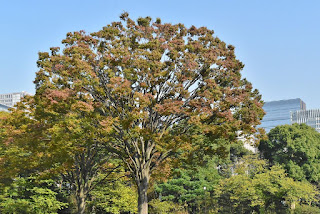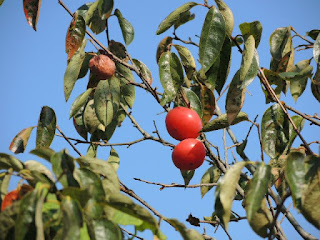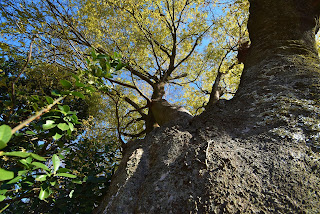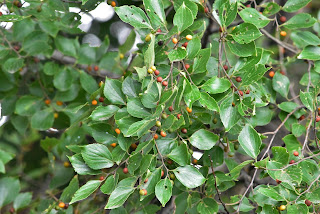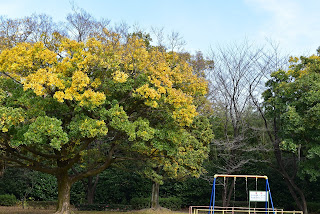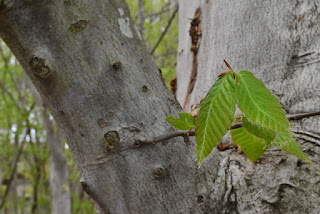Low tree you see most often, in the narrow streets of Tokyo, it's Nandina.
Nandina (domestica) is believed to have brought over from China, why do you know this tree has been planted in Japan throughout.
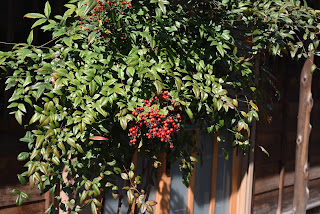 |
| This is the sight, you see always in Tokyo alley |
Nandina will bear red fruits, from autumn to winter, this red fruits has been considered as auspicious from the Edo period. And, this was considered to have magical power to prevent a fire. In Edo wooden houses are concentrated, fire is the worst of the disaster. So people had planted a cheap and durable this tree. This is the reason, there are many Nandina in Tokyo. It is a relic.
 |
| Lucky red fruits |
In addition, the leaves of Nandina is believed to have the power to turn off the poison. So It has been planted in the vicinity of the toilet, or served with foods.
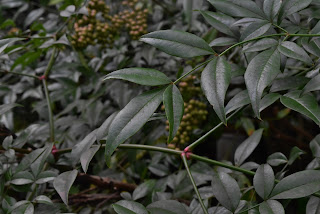 |
| Leaves of Nandina |
Nandina is also in the mountains. It increases by bird droppings that ate the red fruit. Even as many times chopped, grows again, it is very strong. It is used in the alcove post in the tea room of KINKAKUJI.
 |
| It bloom little white flowers in summer |


